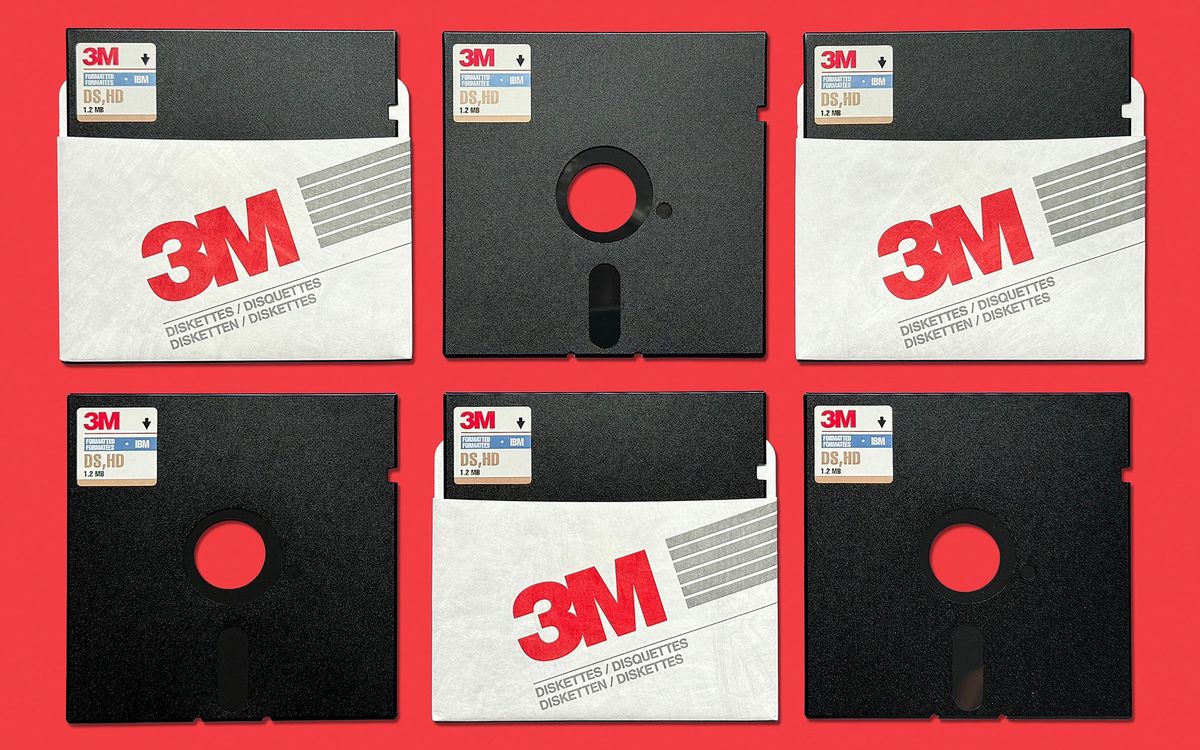Editor's Note: This is part of our ongoing coverage of the 2009 Nobel Prize in Physics. Read more about the Nobel Prize winners themselves, the Bell Labs engineer who patented the CCD imager, and the illustrious history of Bell Labs.
(This was updated on 19 October.)
Did Eugene Gordon give George Smith the idea for the CCD? “Absolutely not,” says Smith. The Nobel Prize winning engineer says Gordon has made such claims before. “Needless to say, I get a little stirred up when I hear them.”
Gordon, Smith's boss at the time, says he gave Smith the concept behind the CCD.
Regarding the Boroughs paper Smith says: “This is a new one on me. He's made other claims before, but not that one.” Because Gordon has made claims against him before, Smith was ready to produce documents (at least, the first page of documents) he says show Gordon's signature under statements that Boyle and Smith invented the CCD.
(The quality of these documents is not so good, but they are mostly readable. They are from the 1970s and also are scans of faxes sent from Boyle's home in Halifax some time ago.)
At first read, these documents are not exactly decisive-none say anything like: “Boyle and Smith invented the CCD. Sincerely, Eugene Gordon”-but they are highly suggestive. (Smith informs me that the word invent would probably not be used before the patent is granted, anyway. Instead inventors would be called "originators.")
In a 6 November 1969 memo to Bell Labs patent lawyers from Gordon using the words "recent ideas by Boyle-Smith" with regard to the CCD. A memo dated the day before says that "W.S. Boyle and G.E. Smith described a technique [the CCD]". A third dated 23 October 1969 is also to a patent lawyer, but makes no statement that Smith and Boyle (or anyone in particular) are the inventors (or originators), merely that if the lawyer needs more information he should contact Smith and Boyle.
However, Smith calls the October letter the most decisive, because it is the original patent submission regarding the CCD. I'm following up to find out if there's some patent-speak meaning to being named in that section.
The memos are also fascinating in their own right, because two of them focus on the idea of using a CCD as a display device rather than as an imager—an idea Smith credits Gordon with.
After dismissing Gordon's claims, Smith walked me through the invention of the CCD as he remembers it. The way he tells it, it's origins were strongly tied to the desire to build a better bubble memory. Sailing buddies Smith and Boyle worked in Bell Labs semiconductor division at the time, with Boyle in charge. Magnetic bubble memory was under development by a different division and “was a very hot item at the time.” Smith recalls Boyle worrying to Smith that funding for the semiconductor division would be diverted to magnetic bubble memory unless they could come up with a competing concept.
What followed was their magical afternoon's work. “A lot of people work for years and year and it never works out,” says Smith. “There's a certain amount of luck involved.”


